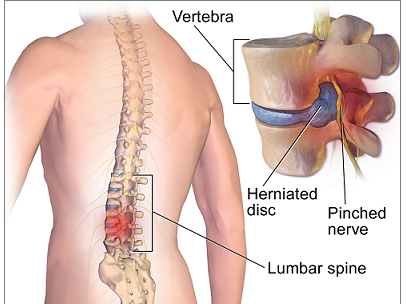Spine Surgery

Spine Surgery
Introduction: Spine surgery is a medical procedure designed to treat a variety of conditions affecting the spine, such as herniated discs, spinal stenosis, degenerative disc disease, and more. It is often the final treatment option when non-invasive methods like physical therapy or medication fail to provide relief.
What is Spine Surgery?
Types of Spine Surgery
- Discectomy: Discectomy is performed to remove a herniated or damaged disc that is putting pressure on spinal nerves, often causing pain, numbness, or weakness. This procedure can be done through traditional open surgery or minimally invasive methods.
- Laminectomy: Laminectomy involves removing part of the vertebra called the lamina, which may be causing pressure on the spinal cord or nerves due to conditions like spinal stenosis. It helps relieve pain and improves mobility.
- Spinal Fusion: Spinal fusion surgery is used to fuse two or more vertebrae to eliminate movement between them. This is commonly done for conditions like degenerative disc disease, spinal instability, or scoliosis. The fusion can be achieved using bone grafts or hardware like screws and rods.
- Artificial Disc Replacement: For patients with disc degeneration, artificial disc replacement may be an option. This procedure involves removing the damaged disc and replacing it with an artificial one, allowing for more natural motion than spinal fusion.
- Vertebroplasty/Kyphoplasty: These procedures are used to treat spinal fractures, often caused by osteoporosis. They involve injecting bone cement into fractured vertebrae to stabilize them and relieve pain.
Benefits of Spine Surgery
Spine surgery offers a variety of benefits, particularly when non-surgical treatments have failed. Some key advantages include:
- Pain Relief: One of the most significant benefits of spine surgery is the relief from chronic pain caused by issues like herniated discs, spinal stenosis, or degenerative disc disease.
- Improved Mobility: Surgical intervention can restore lost mobility and flexibility, allowing patients to return to their daily activities with greater ease.
- Prevention of Further Damage: For certain conditions, surgery can prevent the progression of spinal issues that could lead to permanent damage or disability.
- Enhanced Quality of Life: With reduced pain and improved movement, many patients experience a better overall quality of life post-surgery.
Who is a Candidate for Spine Surgery?
Not all individuals with spinal issues require surgery. Spine surgery is generally recommended when:
- Non-surgical treatments (e.g., physical therapy, medications) have not provided relief.
- The spinal condition is causing significant pain, disability, or neurological symptoms.
- Imaging tests, such as X-rays or MRIs, show structural issues that can be addressed surgically.
- Conditions like spinal instability, deformities, or fractures are present, which require surgical intervention for optimal results.
Risks and Considerations
Like any surgery, spine surgery comes with potential risks, including:
- Infection
- Nerve damage
- Blood clots
- Spinal fluid leaks
- Implant complications
Spine Surgery Recovery Process
The recovery time for spine surgery varies depending on the type of surgery performed and individual factors. In general, the recovery process includes:
- Initial Recovery (First Few Weeks): Most patients will experience some pain and discomfort post-surgery, which can be managed with medications. Light walking and physical therapy may be recommended to aid recovery.
- Physical Therapy: Physical therapy plays a vital role in regaining strength and mobility post-surgery. A tailored rehabilitation program will help patients restore proper posture, movement, and flexibility.
- Long-Term Recovery (3-12 Months): Full recovery from spine surgery can take several months. Patients will gradually increase activity levels and return to normal functions as they heal.
